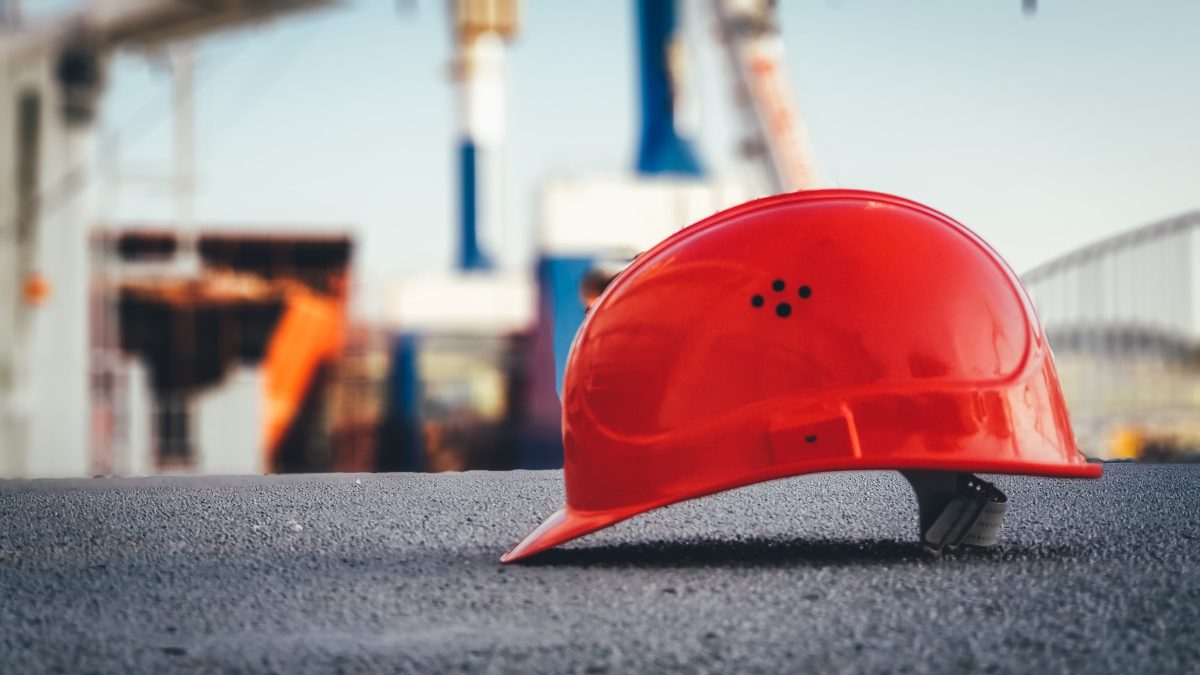
Engineering News
The First National Bank (FNB)/Bureau for Economic Research (BER) Building Confidence Index (BCI) gained six points to 40 in the first quarter of this year, compared with 34 in the fourth quarter of 2021 – indicating a four-year high in building confidence in South Africa.
The FNB/BER BCI reveals the percentage of respondents that are satisfied with prevailing business conditions in six sectors, namely architects, quantity surveyors, main contractors, subcontractors – such as plumbers, electricians, carpenters and shop fitters – manufacturers of building materials – such as cement, bricks and glass – and retailers of building material and hardware.
The index can vary between zero, indicating an extreme lack of confidence, and 100, which indicates extreme confidence.
The level of 40 marks the highest confidence since early 2018. The core building sector index – which excludes hardware retailers and building material manufacturers – was, however, lower than the overall 40 points, at 31, but higher than the 27 points recorded for the fourth quarter of 2021.
Main contractor confidence slipped to 25, down from 30 in the prior quarter. However, the underlying activity indicator remained relatively stable.
The confidence of building subcontractors jumped by 17 index points to 47, which was its best level since mid-2018. This improvement in the business mood was underpinned by noticeably better activity.
“The results point to a strong showing in terms of smaller building projects, many of which would be considered alterations to existing structures rather than new buildings. This is why we are seeing more optimism from building subcontractors than main contractors,” remarked FNB senior economist Siphamandla Mkhwanazi.
In terms of the market segments, activity among non-residential builders was markedly better, boosting confidence. A similar, although more restrained, trend was observed in the residential sector.
“Anecdotally, the better subcontractor activity can also be linked to the increase in the number of office-to-residential conversions and alterations to existing homes,” added Mkhwanazi.
PROFITABILITY STILL UNDER STRAIN
While building activity was shown to be broadly higher, overall profitability was still under strain.
“Profit margins are being negatively influenced by a range of factors largely outside the control of contractors. Among others, these include high and rising building material expenses and the cost of construction site interruptions,” noted Mkhwanazi.
The building pipeline remained stable in the first quarter of this year, which meant that the confidence of quantity surveyors edged only marginally higher to 20, while that of architects was unchanged at 30.
“The upside is that there was clearly more interest this quarter as reflected by the sharp rise in activity among architects at the very start of the building pipeline, namely, projects at sketch plan phase. There are, however, many more steps, including the financing of the project, before a project can commence,” Mkhwanazi said.
Building material manufacturer confidence jumped up to 55 but production volumes faltered. Similarly, hardware retail sales declined. Although this weighed on hardware retailer confidence, the score of 63 is still well above the long-term average.
“After the initial lockdown in mid-2020, hardware retail sales rose significantly, spurred on by the [do-it-yourself] market. These results show that the home improvement need has largely been satisfied for those who had the funds and trading is back to normal,” said Mkhwanazi.
The outlook is somewhat on the optimistic side, as the results would show, indicating that builders are upbeat about the next quarter, while the rating of new demand as a business constraint broadly eased.
Although this is a four-year high, most of the improvement in the business mood came from building material manufacturers and building subcontractors.
“If we look at the underlying survey data, there is a clear recovery in building activity, especially smaller projects. While this is welcomed, in value terms, it may not be enough to boost the sector meaningfully.
“For a more sustained improvement, we need demand for new buildings to pick up from the current weak levels,” commented Mkhwanazi.
More news
- PART 2: CONCRETE IN THE DESIGN OF A UNIQUE LUXURY HOME IN GEORGE, SOUTH AFRICA
- PART 1: CONCRETE IN THE DESIGN OF A UNIQUE LUXURY HOME IN GEORGE, SOUTH AFRICA
- MVULE GARDENS, AFRICA’S LARGEST 3D-PRINTED AFFORDABLE HOUSING PROJECT
- PART 3: HARNESSING THE POTENTIAL OF HIGH SULPHUR FLY ASH IN CONCRETE PRODUCTION
- PART 2: HARNESSING THE POTENTIAL OF HIGH SULPHUR FLY ASH IN CONCRETE PRODUCTION

